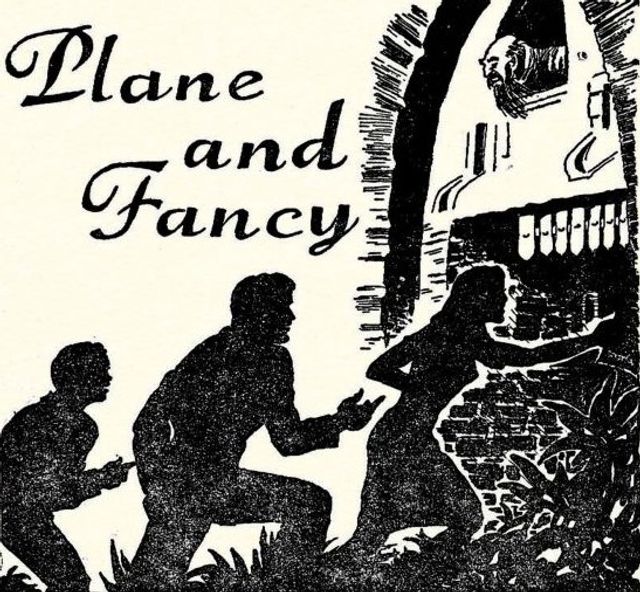-
Vijay Fafat
- Published on
A wonderfully written yarn about a boy who envisions a non-Euclidean geometry, and conjures it up in reality to a very surprising effect… Along the way, there are strong shades of a Ramanujan-Hardy kind of epiphany for a math teacher, and a very Don Quixote kind of adventure (if HP Lovecraft had written it)
Tommy Darrow was a dreamy child studying at a school in Eastham, though in his mind, the place was an imaginary enclave called “Keer”. Tommy was a fabulous raconteur and an inveterate weaver of tales and stories of myths and magic. His bane, though was mathematics, as he just could not wrap his mind around Euclidean geometry. It seemed all slightly askew to him and repeatedly failed his geometry exams:
“There was no meaning in the stuff - it didn’t hang together. It had been the same all through grade school. Arithmetic - algebra - they werent right. His mind rejected them. He’d trained himself to memorize stuff - take it on faith—parrot it out when the teachers asked for it, but this geometry was the worst of the lot. It was twisted - distorted - wrong.”
He wondered about this issue in his imaginative mind.
“Mr. Andrews, he said thoughtfully; this book—it’s ‘plain’ geometry. Isn’t there any fancy geometry?” Lying in his bed, snug up under the slope of the roof, with the moonlight making ranges of hills across the bed-quilt, Tommy wondered about it. Why shouldn’t there be a fancy geometry as well as the plain kind? Why shouldn’t there be a kind of geometry that didn’t refuse to fit together when he tried to reason it out? Why wasn’t there another kind of geometry— his kind of geometry?”
His restless mind kept ruminating over and over about the possibility of Euclid being wrong, about it not being the right geometry:
“In school Euclid was the law, but out of school, when the chores were done and he could go up to his room or climb up to the open ledges back of town, the other, fancier brand of geometry gradually took shape in his mind. Once it was started it came easily to him. It was not too much different from the “plain” variety of the little brown book, but what differences there were seemed to be fundamental, and he began to see why Euclid seemed alien and unreasonable. He had all of the simpler theorems in his head before he wrote any of it down, and then he did it in the hieratic script of Keer, which he had never before put on paper. It somehow seemed to fit the odd, non-Euclidian structure which he was building. It was soon clear to him that this was the geometry of Keer itself that he was setting down —not alone of the misted moorland kingdom with its five towns, but of its world —its entire universe. When he had the rudiments of the geometry’ down on paper he went back to the algebra, and saw where it was that he had gone astray, and where the altered laws should lead It all fell together simply and beautifully.”
From there the tale takes a quick roller-coaster ride to a very unexpected conclusion, with some beautiful descriptions switching between what is real and what is - perhaps - make-believe…
